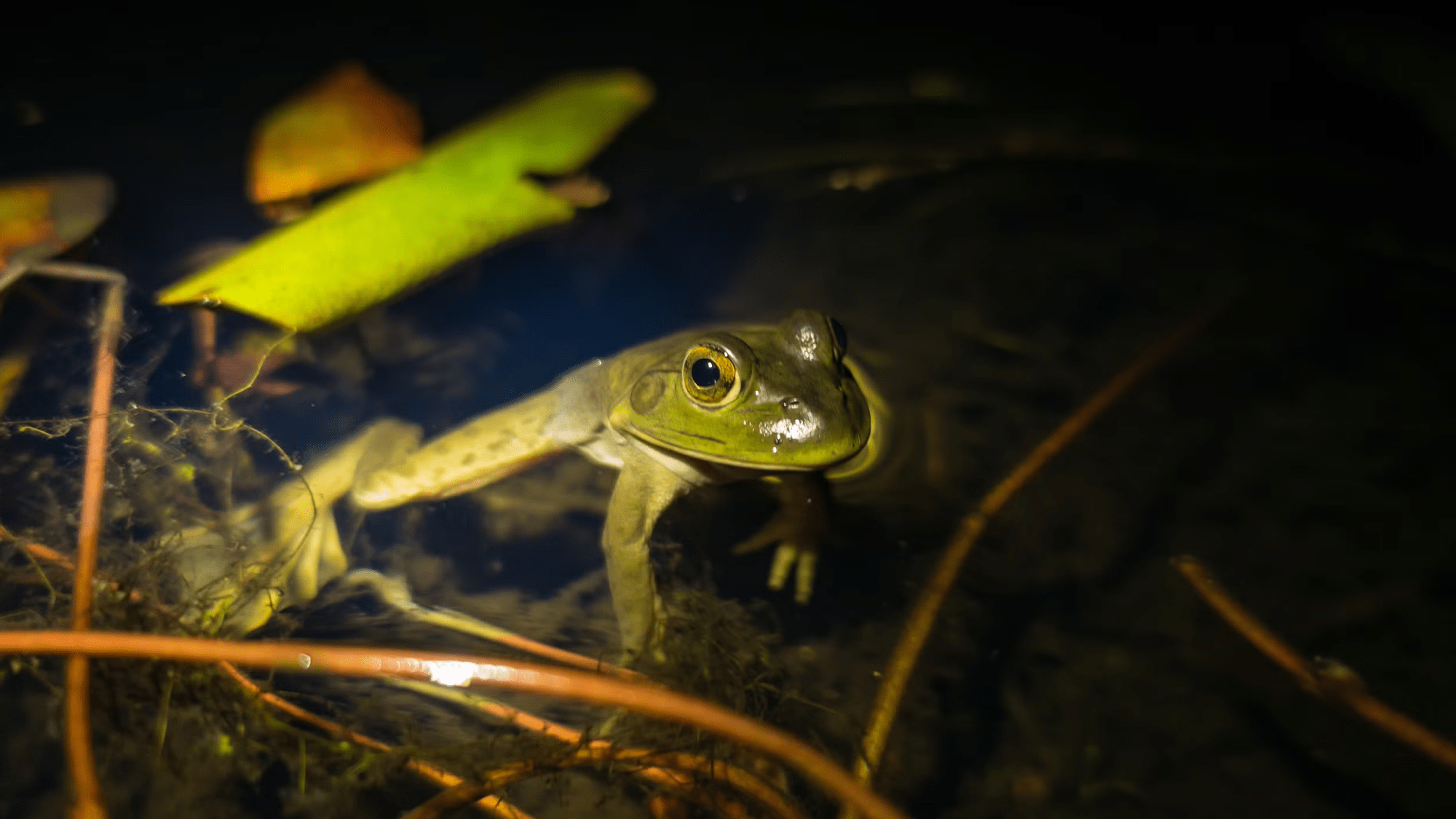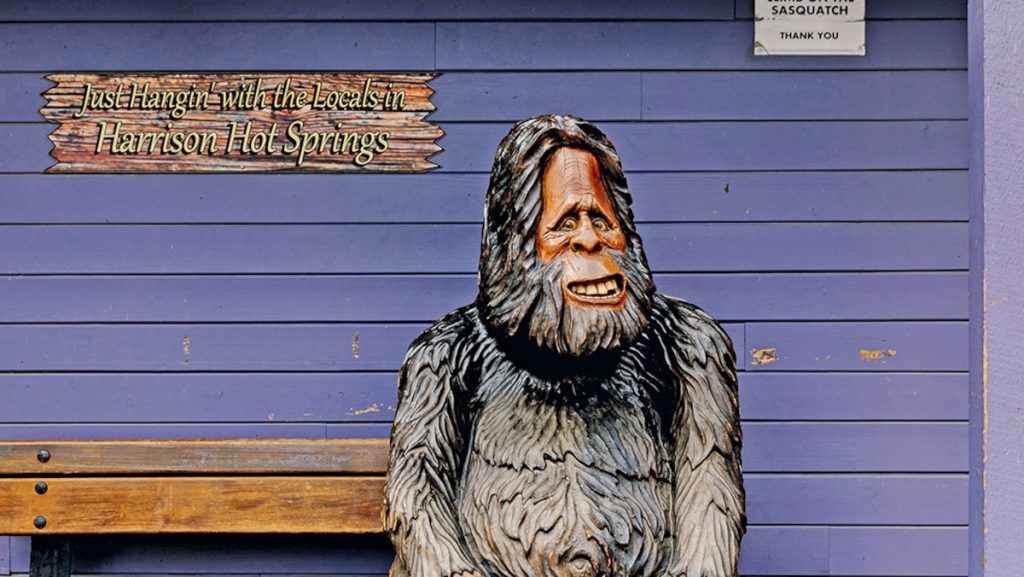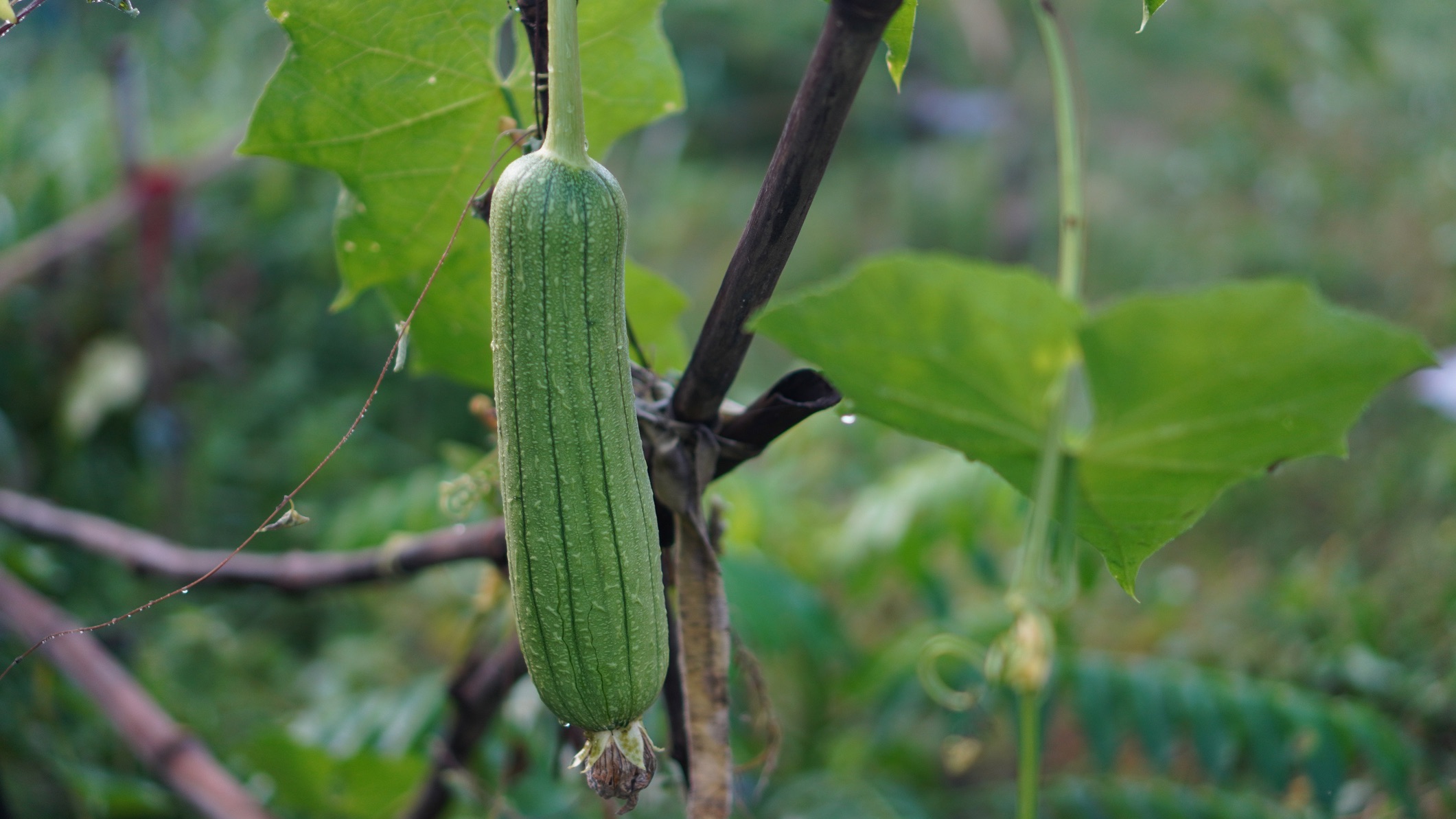
Get the Popular Science daily newsletter💡
Breakthroughs, discoveries, and DIY tips sent every weekday.
Listening to frogs croak at night might sound like the perfect nature-focused getaway. But if those vocal amphibians are American bullfrogs and the place is in Yosemite National Park in California, that’s not really a good thing.
American bullfrogs (Lithobates catesbeianus) are large frogs originally from the eastern United States, meaning that in California, they’re considered an invasive species. Humans introduced them in Yosemite in the 1950s, and within two decades they had become well established in the region.
“One reason American bullfrogs are among the top worst globally introduced pests is because they eat everything — anything that fits into their mouth,” Brian Todd, a professor at the University of California (UC), Davis’ Department of Wildlife, Fish, and Conservation Biology, said in a statement.
The problem is that a lot of things can fit into the frogs’ mouths, from snakes and birds to rodents and baby turtles. “They’ve been causing declines to native species everywhere they’re introduced, which is around the world,” Todd added.

Northwestern pond turtles (Actinemys marmorata) are one of only two native freshwater turtles in California, and they have seen a particularly dramatic population decline. Todd and colleagues thus decided to investigate whether this could also be linked to American bullfrogs.
In a study published recently in the journal Biological Conservation, the team monitored four native turtle habitats in Yosemite National Park, two of which also hosted the bullfrog. They immediately saw that native turtles sharing their habitat with American bullfrogs were fewer, older, larger, and heavier than those in habitats without them. In other words, adult turtles that can’t fit in the frog’s mouth.

“The evidence so far suggests that bullfrogs are physically eating young western Pond turtles, which means the baby western pond turtles never grow up to become adults and the population will eventually disappear as adults are not replaced,” Todd tells Popular Science.
The researchers started removing American bullfrogs to see how this might impact the native turtle populations. Low and behold, when the researchers had almost completely eliminated the invasive species from both sites, baby northwestern pond turtles made a comeback.
[ Related: It’s raining tiny toxic frogs. ]
Furthermore, “as bullfrog presence declined, we started to hear other native frogs call and see native salamanders walking around,” Sidney Woodruff, lead-author of the study and an ecology PhD student at UC Davis, explained in the statement. “It’s nice to be able to go back to these sites and hear a chorus of native frogs calling again that previously would not have been heard.”
As such, the study suggests that this could be a winning approach for supporting pond turtle populations in priority conservation areas where non-native bullfrogs are unlikely to make an unwelcome comeback.
“The best reason to eradicate invasive species or to prevent them from establishing in the first place is because of how damaging they can be to native ecosystems,” Todd tells Popular Science. “Invasive species can outcompete and eliminate desirable native species and cause declines in many endangered species. Invasive species can even damage human livelihoods by affecting crops or domesticated animals and they can spread diseases.”

More deals, reviews, and buying guides
The PopSci team has tested hundreds of products and spent thousands of hours trying to find the best gear and gadgets you can buy.
























